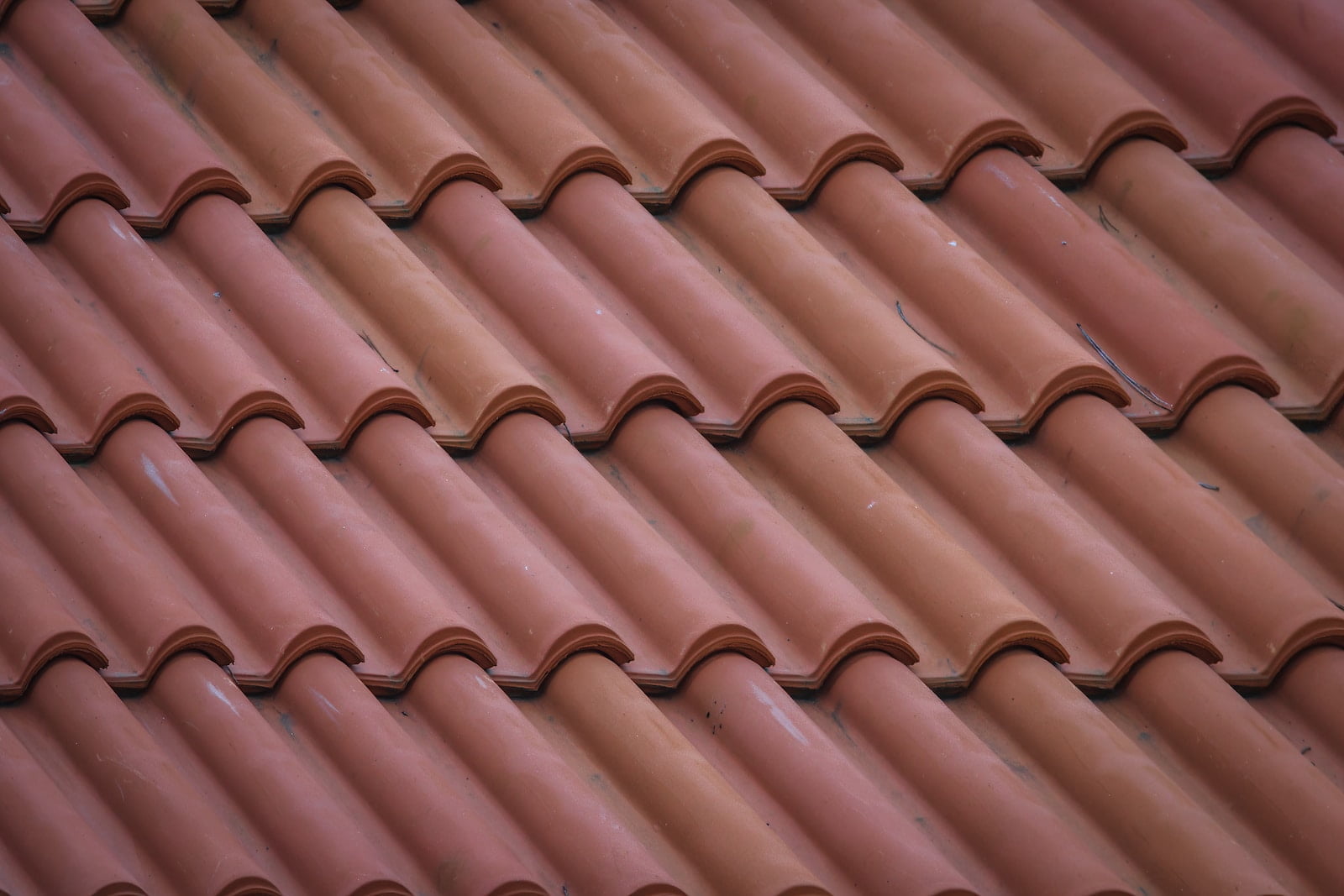How Heat Affects Your Roof
Does heat affect your roof? This is a common question among homeowners and building managers. Heat is one of the biggest factors that can affect the longevity and durability of a roof. As temperatures rise, the roof materials expand and contract, causing stress on the roof structure. This stress can lead to cracks, leaks, and other damages that can compromise the integrity of the roof. Understanding the connection between heat and roofing is essential for maintaining a safe and secure building. In this article, we will explore the relationship between heat and roofing, and how you can protect your roof from the damaging effects of heat.
The Impact of Heat on Your Roof’s Lifespan
In hot climates, the sun’s heat can take a toll on your roof’s lifespan. The high temperatures can cause the materials to expand and contract, leading to cracks and other forms of damage. Additionally, the UV rays from the sun can cause the roof to fade, making it less attractive and potentially reducing its value.
One way to combat the impact of heat on your roof is to choose materials that are designed to withstand high temperatures. For example, metal roofs are known for their durability and ability to reflect heat, which can help keep your home cooler and reduce the strain on your roof. Additionally, proper ventilation can help prevent heat buildup in your attic, which can also contribute to damage to your roof.
Regular maintenance and inspections are also important for ensuring the longevity of your roof. Catching and repairing damage early can prevent it from worsening and potentially causing more extensive damage or even requiring a full roof replacement.
Overall, understanding the impact of heat on your roof’s lifespan can help you make informed decisions about materials, maintenance, and repairs. By taking steps to protect your roof from the effects of the sun, you can ensure that it continues to provide reliable protection for your home for years to come.
Signs of Heat Damage on Your Roof: How to Identify and Address Them
Another sign of heat damage on your roof is cracked or curled shingles. High temperatures can cause shingles to expand and contract, which can lead to cracks and curling. If you notice any shingles that are cracked or curled, it’s important to address the issue as soon as possible. Cracked or curled shingles can allow water to seep into your roof, which can lead to leaks and water damage.
If you suspect heat damage on your roof, it’s important to have a professional inspect it. A roofing contractor can identify any signs of damage and recommend the best course of action. In some cases, a simple repair may be all that’s needed. In other cases, a full roof replacement may be necessary.
To prevent heat damage on your roof, there are a few things you can do. First, make sure your attic is properly ventilated. Proper ventilation can help regulate the temperature in your attic, which can prevent heat from building up and damaging your roof. Second, consider installing a reflective roof coating. Reflective coatings can help reduce the amount of heat that’s absorbed by your roof, which can help prevent damage. Finally, make sure to schedule regular inspections with a roofing professional. Regular inspections can help identify any signs of damage early, which can prevent costly repairs down the line.
Inspect Your Roof Regularly
One of the best ways to prevent heat damage to your roof is to inspect it regularly. This means checking for any signs of wear and tear, such as cracked or missing shingles, as well as any areas where the roof may be sagging or showing signs of water damage. If you notice any issues, it’s important to address them as soon as possible to prevent further damage from occurring. You may also want to consider hiring a professional roofing contractor to conduct a more thorough inspection of your roof on an annual basis.
Improve Your Attic Ventilation
Poor attic ventilation can contribute to heat damage to your roof, as it can cause the temperature in your attic to rise significantly. This can lead to the shingles on your roof becoming brittle and more susceptible to damage. To prevent this from happening, it’s important to ensure that your attic is properly ventilated. This means having vents installed in your roof and attic to allow air to circulate freely. You may also want to consider adding insulation to your attic to help regulate the temperature and prevent heat from building up.
The Role of Proper Roof Ventilation in Mitigating Heat Damage: Does it Really Work?
Proper roof ventilation is one of the most important factors in mitigating heat damage to your home. Without proper ventilation, heat can build up in your attic, causing damage to your roof, insulation, and even your home’s structure. So, does it really work? The answer is a resounding yes! Proper roof ventilation can significantly reduce the amount of heat that builds up in your attic, which in turn can help to lower your energy bills and extend the life of your roof.
One of the key benefits of proper roof ventilation is that it helps to reduce the temperature in your attic. This is important because a hot attic can cause all sorts of problems, including damage to your roof shingles, insulation, and even your home’s structure. By allowing air to circulate through your attic, proper ventilation helps to keep the temperature down, which can help to prevent these types of problems from occurring.
Another benefit of proper roof ventilation is that it can help to lower your energy bills. When your attic is hot, it can cause your air conditioning system to work harder than it needs to in order to keep your home cool. By keeping your attic cooler, proper ventilation can help to reduce the workload on your air conditioning system, which in turn can help to lower your energy bills.
Overall, proper roof ventilation is an essential part of any home’s heating and cooling system. By helping to reduce the amount of heat that builds up in your attic, it can help to protect your home from damage and lower your energy bills at the same time. So, if you’re looking for a way to keep your home cool and comfortable this summer, make sure that your roof ventilation system is up to par!

